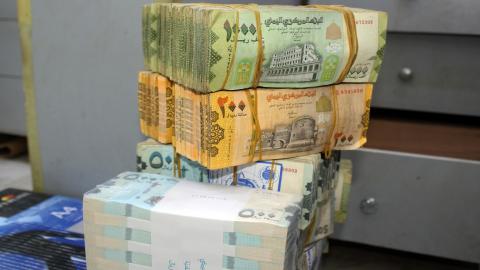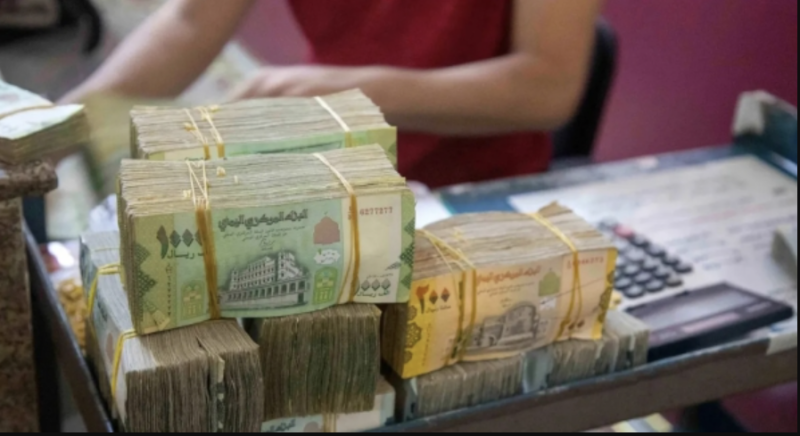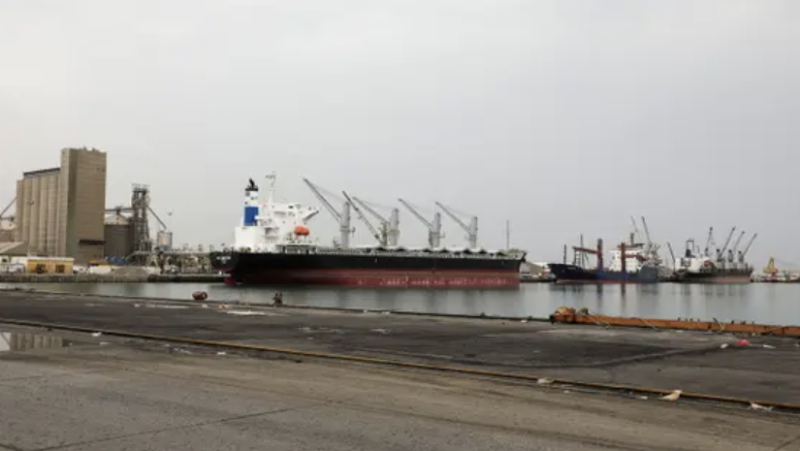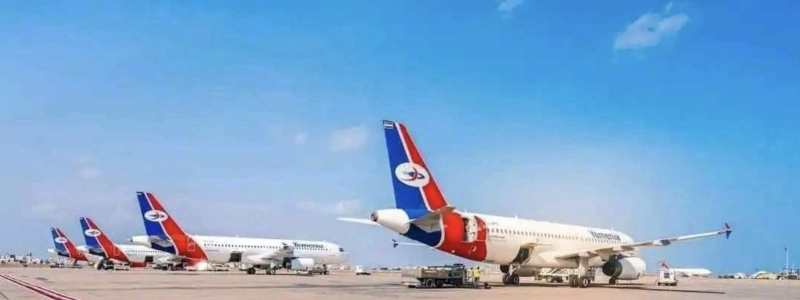UNICEF MENARO COVID-19 Situation Report No. 9 as at 31 August


Highlights
As of August 30, over 1.5 million cases were reported in the MENA region, out of which 220,834 are active and 40% are new. A slight fall in deaths was observed for the first time since March.
UNICEF adopted a twin-track risk communication and community engagement (RCCE) approach on COVID-19 prevention and demand revitalization of services, particularly health and education. To date, approximately 270 million people have been reached and 37 million engaged, while around 680,000 have provided feedback.
UNICEF reached around 12.5 million people with critical water, sanitation and hygiene (WASH) supplies (i.e. hygiene kits, soap and hand sanitizers) more than 120,00 healthcare workers received personal protective equipment (PPEs) in 13 countries, and close to 10,000 people have been trained in infection prevention control (IPC).
Countries further ensure continuity of health & nutrition services (under 5.5 million women/children reached; under 7,500 individuals trained in managing COVID-19 cases; PPE/IPC stocks replenished in Lebanon). Over 2 million caregivers have also received messages on breastfeeding, and under 200,000 children received severe acute malnutrition (SAM) treatment. This represents a drop compared to the same time period in 2019, due to lower demand for services, driven by fear of contagion, discontinuation of mobile services and a drop in partner reporting.
Schools reopened fully, partially, online or in a hybrid way in most of the countries in August, while Yemen, Sudan, Egypt, Bahrain, Iraq, Oman and Libya extended closure due to floods, increasing COVID-19 cases, school-related transmissions. UNICEF reached under 4 million children as part of continuous education, further supported national examinations for 2019-2020 and launched the Teachers’ Preparedness Training Package for the new year.
Close to 13,000 individuals have been served with alternative care arrangements, while mental health and psychosocial support (MHPSS) has reached under 315,000 children, parents and primary caregivers. Moreover, over 3,500 UNICEF personnel and partners have completed gender-based violence (GBV) training while over 135,000 children and adults have been given protection against sexual exploitation and abuse (PSEA) channel access.
To date, over 65,000 households have received a humanitarian cash grant, and under 12 million households have benefited from new or additional social assistance measures, as part of UNICEF’s support to governments’ expansion of shock responsive social protection programs.
Situation Overview
As of 30 August, the region has dealt with 1,619,554 total cases, 44,418 deaths and 220,834 active cases since the start of the epidemic. Since the last reporting period, 376,331 are new (30.2%) cases and a slight decline of deaths was observed for the first time since the beginning of the pandemic.
Iraq (31%) and Iran (16%) reported most new cases and 60% of fatalities in the region for the reporting period. In Iran, the number of deaths was divided by 1.7 in two weeks due to the Kurdistan Region’s ease of movement restrictions and opening of border crossing points, while new cases have started to fall smoothly over the last month. After a spike of new cases early August, Iraq has reached a plateau at around 25,000 new cases and more than 500 deaths weekly.
Other countries, such as Libya, Syria, Tunisia, Morocco and Jordan, have registered sharp increases in the number of cases over the last month. The easing of restrictions and borders opening have favoured population movements, and subsequently the virus circulation among the population. While the number of deaths remain low and most of new cases are asymptomatic, the situation could deteriorate rapidly, if people are not compliant with preventive measures in a context going back to normal and with schools reopening.
In Palestine, the level of new cases (3,000 weekly) reached in early July has been maintained over the summer. Despite continuous community transmission, fatalities remain low. Despite a continuous decrease of new cases and deaths, the high case fatality ratio over the past four weeks in Sudan (6.2%), Yemen (28.8%) Egypt (5.5%) and Algeria (3.4%), suggests that cases are under-diagnosed.
With a very limited number of new cases and deaths over the month, Djibouti, Qatar and Algeria appear to have controlled their epidemic.
While already affected by the epidemic and economic crisis, a devastating explosion – reported caused by ammonium nitrated stored in a warehouse – occurred in Lebanon on 4 August, that led to the loss of human lives and destruction of houses and infrastructures. Two weeks later, a spike of new cases was recorded, reaching 4,000 cases weekly at the end of August (UNICEF Lebanon, Situation Report, 26 August, 2020). Even if the number of associated deaths remains low, the situation is worrisome considering the current fragile situation in Lebanon.

Paris — The French humanitarian organization Acted announced that it has delivered cash assistance to nearly 89,000 people affected by displa…

Sana’a — Fuel and food imports into ports under the control of Yemen’s Houthi movement on the Red Sea have continued to fall for…

ADEN — Yemen Airways, the country’s national carrier, announced it will resume flights between Aden and Abu Dhabi beginning in January…